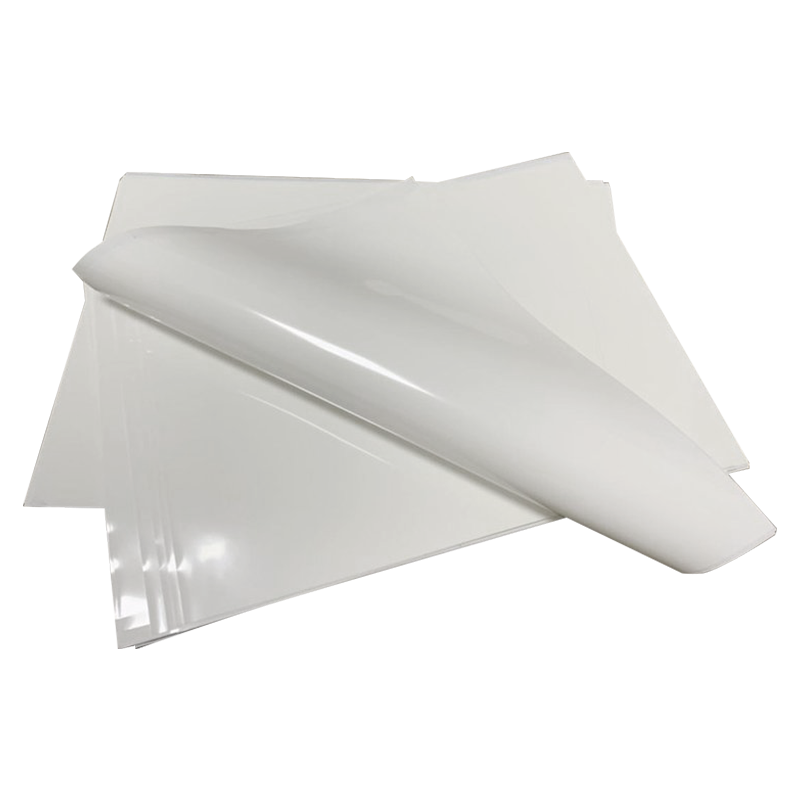What materials are used to make the Transparent Natural Film Sheet?
The composition of Transparent Natural Film Sheets plays a crucial role in defining their characteristics and suitability for various applications. These sheets are typically crafted from thermoplastic materials chosen for their specific properties and performance attributes.
1. Polyethylene (PE):
Polyethylene stands out as one of the most common materials used in Transparent Natural Film Sheets. Known for its versatility, PE offers excellent moisture resistance and flexibility, making it ideal for applications where durability and barrier properties are essential. Its ability to maintain clarity and withstand varying environmental conditions makes PE a preferred choice in packaging and protective covering applications.
2. Polypropylene (PP):
Another prominent thermoplastic polymer used in manufacturing film sheets is polypropylene. PP is favored for its high clarity, stiffness, and heat resistance. It provides good chemical resistance and barrier properties against moisture and gases, making it suitable for applications requiring reliable packaging solutions. PP film sheets are known for their durability and ability to maintain product integrity during storage and transportation.
3. Polyvinyl Chloride (PVC):
While less commonly used in Transparent Natural Film Sheets due to environmental considerations, PVC offers exceptional transparency and impact resistance. PVC films can provide rigidity and protection while maintaining clarity, which is advantageous in applications where visibility of the packaged product is important. However, concerns about plasticizers and recycling limitations have led to decreased use of PVC in certain industries.

4. Other Materials:
Depending on specific requirements and desired properties, manufacturers may incorporate other thermoplastic materials such as polystyrene (PS) or ethylene vinyl acetate (EVA) copolymers. PS provides clarity and rigidity, while EVA enhances flexibility and elasticity, offering a softer touch in applications requiring such characteristics.
Additives and Enhancements:
In addition to base polymers, Transparent Natural Film Sheets may include additives to enhance performance and functionality. These additives can include stabilizers to improve UV resistance, antioxidants to extend shelf life, antistatic agents to reduce dust attraction, and colorants to achieve desired aesthetics.
Considerations for Applications:
When selecting Transparent Natural Film Sheets, understanding the specific materials used is crucial for ensuring compatibility with regulatory requirements, such as FDA approval for food contact. It's essential for manufacturers and end-users alike to prioritize sustainability by choosing materials that align with environmental standards and recycling initiatives.

prevNo previous article
nextWhat color options are offered for Anti-Static Film and does color affect its performance?



 English
English 中文简体
中文简体 Español
Español
















